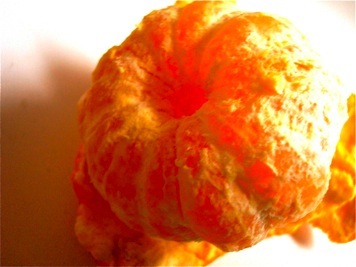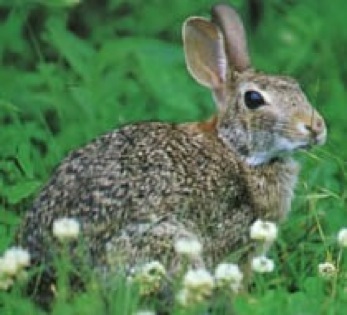Designs made to Dominate



Adaptations
The Citrus reticulata species is said to have the best ability to adapt to conditions out of all of the species in the citrus genus.  The tree itself is resilient to cold weather, however, the fruit is more delicate and sensitive to cooler temperatures. Even in temperatures as low as negative ten degrees Celsius, the Citrus reticulata tree is able to live. Although this is only true for a short time due to the need of warm weather to blossom, the ability for the tree to withstand these temperatures is still significant. When the tree is in these poor growing conditions, the quality of their fruit decreases immensely. Some of the trees have been able to grow in China through several weeks of frost without dying.
The tree itself is resilient to cold weather, however, the fruit is more delicate and sensitive to cooler temperatures. Even in temperatures as low as negative ten degrees Celsius, the Citrus reticulata tree is able to live. Although this is only true for a short time due to the need of warm weather to blossom, the ability for the tree to withstand these temperatures is still significant. When the tree is in these poor growing conditions, the quality of their fruit decreases immensely. Some of the trees have been able to grow in China through several weeks of frost without dying.

Another adaptation the Citrus reticulata has is their flowers. They are small and purple and white in color with a strong aroma. This, along with the nectar they produce attracts insects to come to their flowers to pollinate.
In addition, Citrus reticulata trees produce edible fruits, commonly called mandarins or tangerines. These tasty fruits that store nutrition and sugars are attractive to animals. The animals eat not only the flesh, but also the seeds and pulp. The seeds are able to withstand the
animal’s digestion
and are excreted without damage in the feces of the animal. This process of using animals to create new plants is how the citrus tree disperses its seeds far from the parents and spreads to new areas.
animal’s digestion
and are excreted without damage in the feces of the animal. This process of using animals to create new plants is how the citrus tree disperses its seeds far from the parents and spreads to new areas.
The roots of the Citrus reticulata trees also have adaptations, including their mutualistic symbiotic relationship with mycorrhizae. This group of soil fungi helps the roots with nutrient uptake.
mandarin orange photo taken by myself
rabbits, among other animals, digest and expel seeds
for dispersal (Missouri Department of Conservation)
Home
Moving on to Nutrition...

